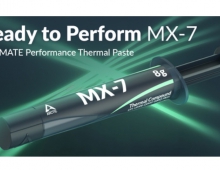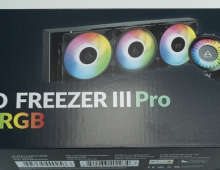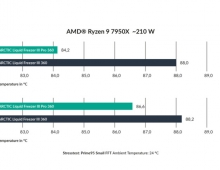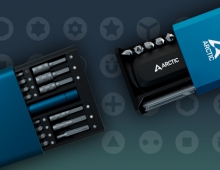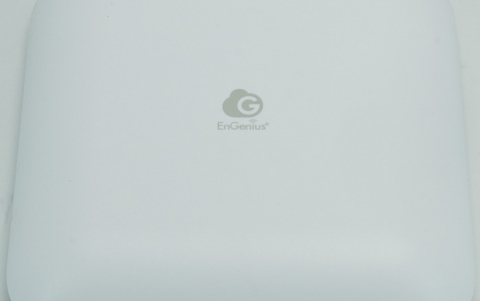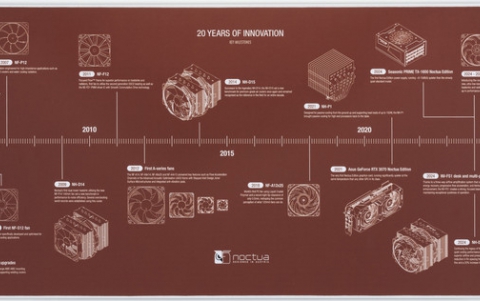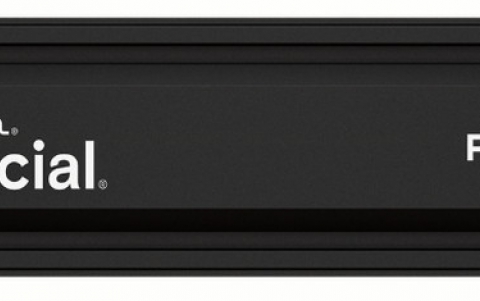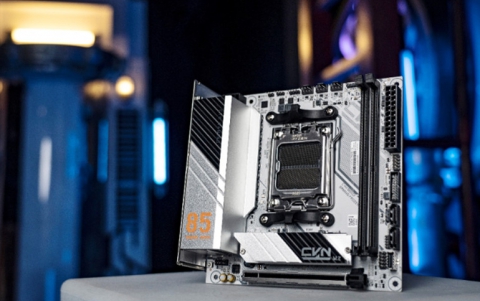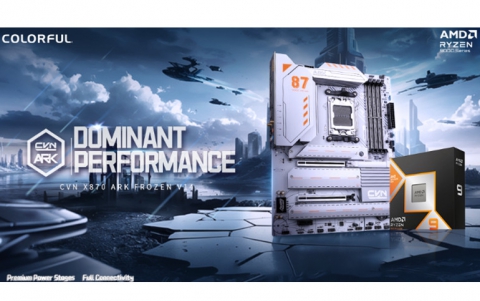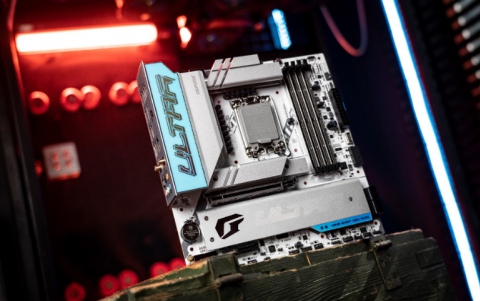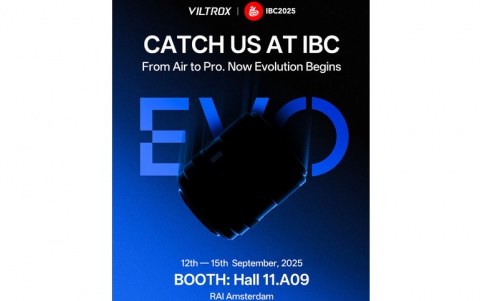Arctic Liquid Freezer III 240 ARGB
2. Retail Package
The Arctic Liquid Freezer III 240 ARGB costs around ~69.53 Euro (at least at the time of this writing) and can be bought directly from the Arctic official website or at your local store. The retail package follows a similar design as with the Freezer II series and the A-RGB illustrates the RGB features of this model. Of course, users can buy this product with White color as well or without RGB, it all comes down to personal taste. As we mentioned earlier the product comes with 6 years of warranty.
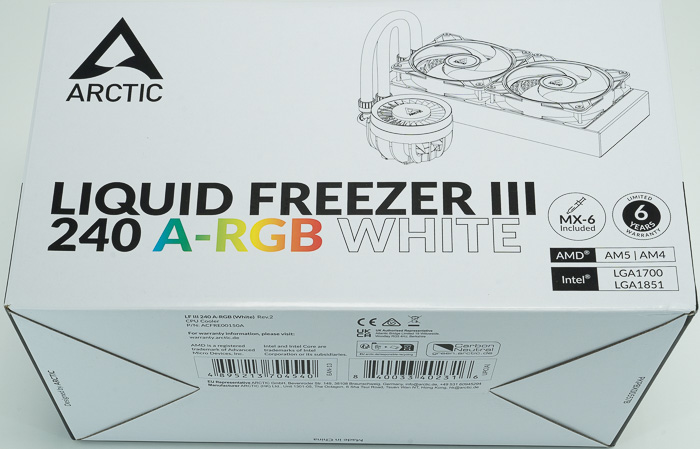
Opening the box, we will find the internal, the CPU block/pump is well protected for transportation use, and everything is well packaged, no issues here. The product supports the newest Intel CPUs (LGA1700/LGA1851) and two AMD sockets (AM4/AM5). Users can buy an extra 1200/115X Mounting Kit for 10 euros if they need it.
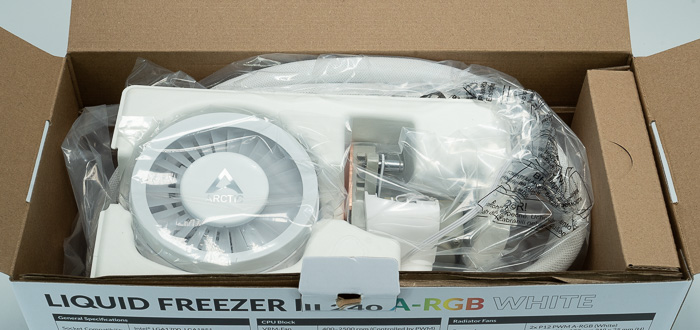
In a carton box, there are the included spare parts, like mounting plates, mounting screws, thermal paste, etc. For the AMD socket, mounting screws are in a separate plastic envelope so you understand what you need to get. There is no printed manual included, just visit the online support page for the Freezer III 240 A-RGB model to find the installation method and general information.
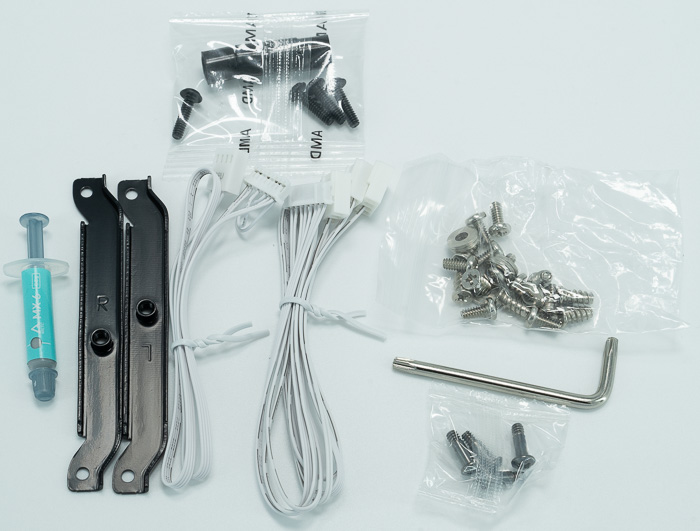
Let's now see the product. As with the Freezer II series, the Liquid Freezer III also comes pre-assembled, meaning you don't have to waste any time trying to install fans or route RGB/power cables, everything is in its place. The 240 variation, includes two 120mm fans, hence the naming 240. The Liquid Freezer III 240 A-RGB includes two 2x P12 PWM PST A-RGB – 120 mm Fans with 200-2000RPM fan speed, with Fluid Dynamic Bearing technology and low noise and power consumption. The connector is 4-pin and also includes a 3 PIN 5 V-DI-Gnd cable for the RGB function. 12 A-RGB LEDs per Fan fully illuminate the whole structure. Lastly, the fan power cable length is 40cm.
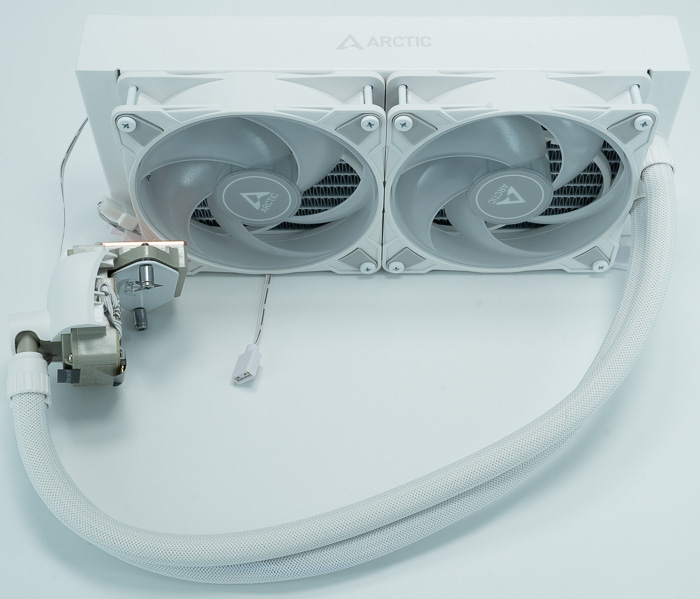
The radiator has 277 (L) x 120 (W) x 38 (H) mm dimensions is made out of Aluminium, and also has the Arctic logo printed. The fan/argb cable routing is nice and you won't have any issues during installation. This AIO cooler does include a VRM fan that rotates from 400~2500 rpm (PWM controlled) and includes 12x A-RGB LEDs. The base cover is magnetically attached to the base, very easy and convenient. The base includes a big pump at 800~2800 rpm (PWM controlled), the base material is copper, there are two tubes with a length of 450 mm and a diameter outer 12.4 mm / inner: 6.0 mm
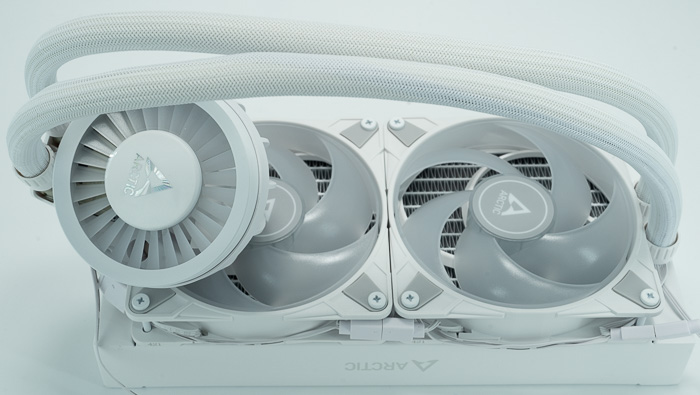
Installing the CPU cooler requires several steps and mostly we advise you to read the Arctic online guide for installing the product either for Intel or AMD platforms. We mainly tested this product with the AM5 platform, so we can comment on the procedure and the installation method. You need to remove the existing stock brackets and use spacers and screws to secure the mounting mechanism as follows. Note that with the Intel platform, you need to use the included mounting bracket, according to Arctic offers much better performance, compared with the stock Intel, this of course adds more steps for Intel users. Something that users have mentioned, and we also found out is that "...you shouldn't fully tighten the two brackets, just so that they still have a little play. Then fit the pump head and tighten it. When the pump head is mounted, tighten the 4 screws of the bracket. This makes the work much easier. If you tighten the brackets directly, it may be that you will only be able to fit the pump head screws with the greatest of effort..."
For those unsure about using the 3-connector header, the first two labeled CPU and PUMP go to their corresponding headers on the motherboard (check your motherboard manual for the locations). The third, labeled VRM, is the fan that sits on top of the cooling block designed to blow air down at the VRM coils. The VRM jumper simply connects to any spare fan header (again, check the mobo manual for the location of spare fan headers). Don't forget to configure BIOS to PWM fan mode for the pump, fan, and VRM. While one cable allows, individual control of the components (3 Signals), the other will make control everything with a single PWM signal.

